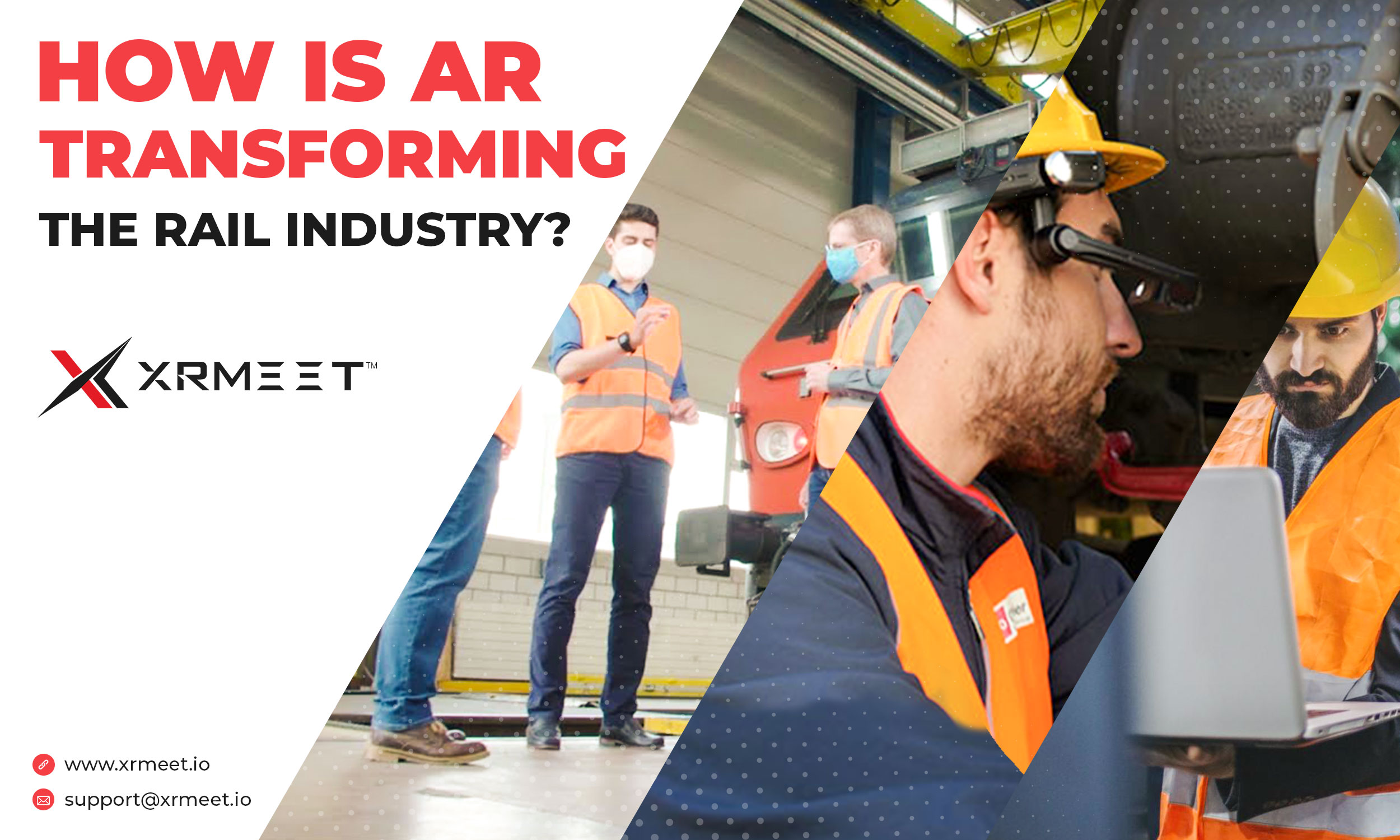
Augmented reality is an immersive technology that is growing exponentially over the past years and is now estimated to grow to $856.2 billion by 2031, growing at a CAGR of 41.1% from 2022 to 2031.
Augmented reality is now adopted by many organizations in the industrial sector and the rail industry has also started embracing this immersive technology to bring a three-dimensional approach to some of its sectors, mainly inspection, maintenance, repair, and training.
· AR Training for Staff
AR is now being used in the railway sector to provide an immersive training experience as it is proven to make the learning process faster and easier. When 3D information is overlayed on the physical environment, it makes the skill adoption and familiarization of the work environment interesting and really quick.
· Railway Maintenance & Repair
One of the main uses of AR is in railway infrastructure maintenance and repair. When combined with Artificial Intelligence (AI), the Internet of Things (IoT), augmented reality can be used for predictive maintenance to avoid unnecessary issues.
· Knowledge Sharing
With augmented reality platforms like CoTech.ai, it is easier for rail technicians to connect with experts whenever challenges arise. Both parties can connect with each other via two-way video and audio stream and the experts will be able to guide the technicians using AR annotations, markings, and hand drawings. Technicians will also be able to store the information needed for future reference as well.
Benefits of Implementing AR in the Railway Sector
Below are some benefits of implementing AR in the railway sector.
· Faster completion of tasks
· Minimized downtime
· Remote support for technicians anytime they need
· Access to real-time information for predictive maintenance
· Streamlined operations that save time and money
AR enables the employees to perform their responsibilities and duty with utmost safety.
Conclusion
Augmented reality is currently making huge waves in the rail industry by supporting frontline rail operators, improving inspection and maintenance in freight trains, and also improving safety.
 Back to Blog
Back to Blog

